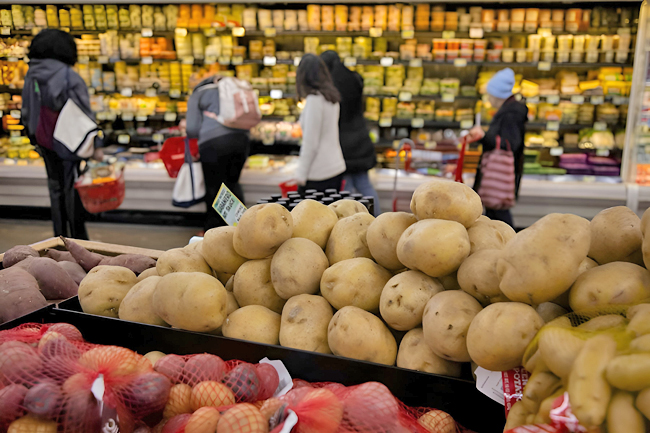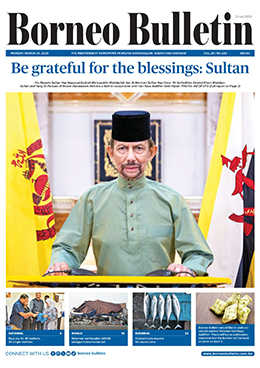XINHUA – The Federal Reserve’s (Fed) preferred inflation gauge rose more than anticipated in February, while consumer spending increased less than expected, the United States’ (US) Commerce Department reported.
The core personal consumption expenditures (PCE) price index climbed 0.4 per cent for the month, marking the largest gain since January 2024 and bringing the annual inflation rate to 2.8 per cent.
Economists surveyed by Dow Jones had projected increases of 0.3 per cent and 2.7 per cent.
Core inflation, which excludes volatile food and energy costs, is viewed as a better measure of long-term price trends.
Including all items, the PCE price index rose 0.3 per cent in February and 2.5 per cent over the past year, both matching forecasts.
Meanwhile, the Bureau of Economic Analysis reported that consumer spending grew 0.4 per cent for the month, slightly below the expected 0.5 per cent increase, while personal income rose 0.8 per cent, doubling the 0.4 per cent estimate. Prices for goods rose 0.2 per cent in February, driven by a 0.5-per-cent increase in prices for recreational goods and vehicles, while a 0.8-per-cent drop in gasoline prices helped offset some of the gains.
Service prices climbed 0.4 per cent.
Households became more cautious with their finances, as the personal savings rate rose to 4.6 per cent, the highest level since June 2024.
The report comes with growing market concerns that US President Donald Trump’s tariff policies could exacerbate inflation just as price growth had been making slow but steady progress toward the Fed’s two per cent target.
While Fed Chair Jerome Powell has reassured markets that inflationary pressures are likely “transitory”, his comments are losing traction as the trade conflicts escalate. Some Fed officials have acknowledged heightened uncertainty, with one describing the economic outlook as having “zero visibility” in a “dense fog.”
















